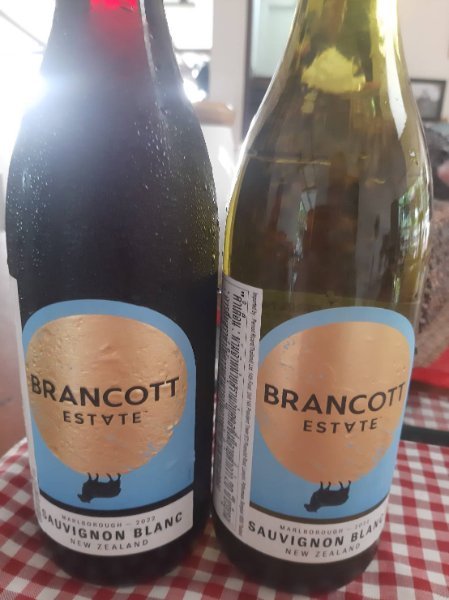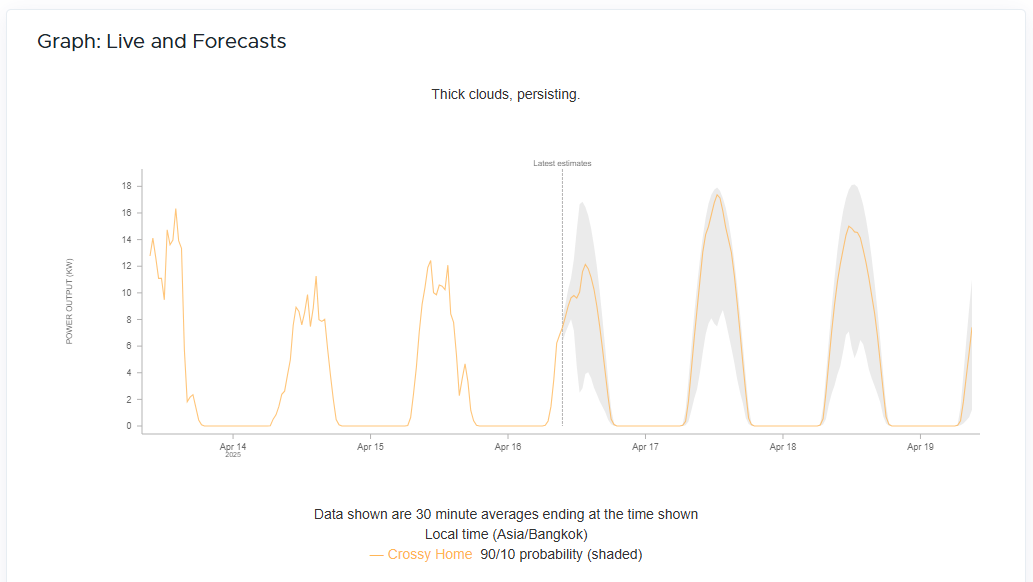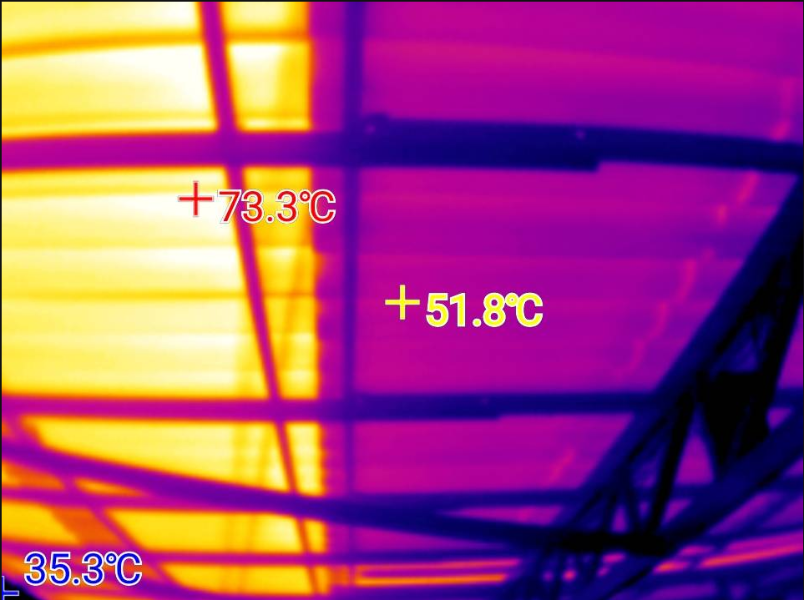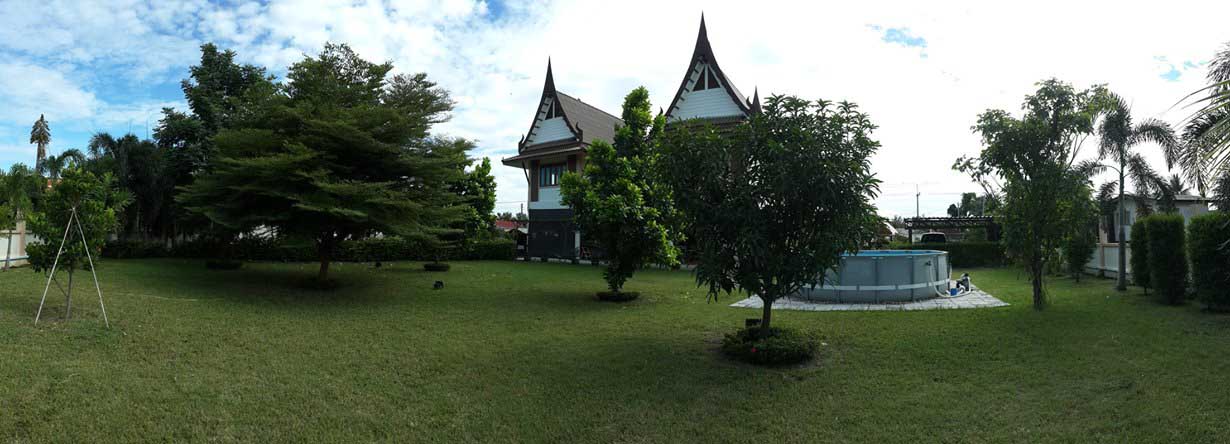-
Posts
46,457 -
Joined
-
Last visited
-
Days Won
2
Content Type
Events
Forums
Downloads
Quizzes
Gallery
Blogs
Posts posted by Crossy
-
-
- Popular Post
- Popular Post
Astonishingly I'd never seen this!
-
 3
3
-
 1
1
-
 1
1
-
Have a look at https://www.facebook.com/VIPFootball123/ (Yes, that link is correct or go direct to bapthailand.com) or one of several manufacturers https://thai.conduitsfittings.com/buy-steel_unistrut_channel.html
How much do you need?
if you have a specialist electrical place nearby, they may have or be able to order sensible amounts.
-
 1
1
-
 1
1
-
-
1 minute ago, scorecard said:
Variety of bread, butter/margarine, vegemite all available at Rimping supermarkets.
But will it be made by a heavily muscled, 6' 4" man in Brussels

-
 2
2
-
-
7 minutes ago, xylophone said:
I'm confused @Crossy (not hard these days) but the red wine is labelled sauvignon blanc, which as we all know is a white wine, so what am I missing here??
You are missing nothing, we got red in a sealed blanc bottle 🙂
Only noticed when we went to open the "red" hence it being cold.
-
 1
1
-
-
2 minutes ago, FriscoKid said:
No tink too mutt na.
Definitely drink too mutt

-
 1
1
-
 1
1
-
-
- Popular Post
- Popular Post
15 minutes ago, johng said:Oh, "Do you come from a land down under ?
Where beer does flow and men chunder!
-
 1
1
-
 3
3
-
 1
1
-
- Popular Post
- Popular Post
And very nice it is too.
Spot the difference, 3 bottles were like the one on the right, 1 as on the left


-
 2
2
-
 6
6
-
- Popular Post
- Popular Post
Solar resource assessment and forecasting data for irradiance and PV power. Created using a global fleet of weather satellites. Independently validated. Free to try. Access our data in just a few minutes with the Solcast API Toolkit.
Integrate with Home Assistant or other software with their API.
Free to use for home PV systems 🙂
Could be handy for controlling EV charging etc.

-
 2
2
-
 1
1
-
I would choose one supply as the "master" and, as @lom suggests, use an ATS to ensure that you can never connect the grid to the output of your inverter, therein lies the exit of the Magic Smoke and tears 😞
Do a simple sketch of what you want to do and post here.
it's also a good idea to log your day/night usage split (read the meters at 9AM and 5PM) this will help determine how much storage you will need.
-
 1
1
-
 1
1
-
-
- Popular Post
- Popular Post
-
 1
1
-
 5
5
-
One wonders how this new system will affect the current flat 20Baht fare (for all) that's currently implemented on the Purple and Red Lines.
-
39 minutes ago, KhunLA said:
I'll probably give it to my daughter, and she'll have to use, incognito, till it's empty.
Be very careful!
The fine for using an Elder Card when not entitled is up to 30 times the maximum normal fare!
Security do watch for invalid users and the automatic gates have a "concession lamp" which lights different colours if a concession card is in use.
-
 1
1
-
 1
1
-
-
- Popular Post
- Popular Post

-
 2
2
-
 1
1
-
 6
6
-
- Popular Post
- Popular Post
I noticed the lady (almost) in the blue top, on the right of the first picture.
I could die happy in there 😛
-
 1
1
-
 3
3
-
3 minutes ago, Ralf001 said:
what sort of 3rd world dumpster do you live in that has a toilet light bulb that swings ?
-
 2
2
-
-
Have a look at this page https://en.wikipedia.org/wiki/Earthing_system
Thailand is generally TNC-S with MEN (Multiple Earthed Neutral), the neutral is held at or near earth potential by having a ground rod at every 3rd pole or so along with every installation having a local rod and N-E bond.
There can only be one N-E bond in an installation.
A N-E bond placed on the downstream side of an RCD/RCBO will generally result in the RCD not staying closed, or if it does stay on then applying any load will cause it to trip.
-
 1
1
-
-
Sounds good.
You can use this cable calculator https://www.doncastercables.com/technical-help/
As noted in the other thread, do NOT provide a N-E link at the shed, you are making a "TT island".
-
Let's say 20A at 50m then you are looking at using 4mm2 cable, any longer and you need to go to 6mm2.
RCD/RCBO at the supply end.
To save a few $$$ make it a "TT island" by using 2-core cable and placing a ground rod at the shed. Note- Do NOT provide a N-E bond at the shed end.
-
 1
1
-
-
8 minutes ago, thaibeachlovers said:
I guess that answers part of my question, thanks. Does the RCD need to be at the supply end of the cable, or at the user end? The cable will be buried. For that matter, should the breaker box be at the supply end or the user end?
RCD/RCBO should be at the supply end.
If you are feeding several circuits (shed/workshop) as small consumer unit/distribution box in the shed would be wise.
-
- Popular Post
It is often recommended that your refrigeration be on a separate circuit, but this is more to prevent nuisance trips taking out your food stocks rather than for electrical safety.
Assuming that your re-wire is up to standard and they don't overload anything then there's no danger of conflagration.
That said, if they are doing the Thai thing of having loads of traily extensions with freezers all on one outlet then I'd want them to rationalise and spread the load over several outlets.
A splash of common sense is your best weapon.
-
 4
4
-
 1
1
-
- Popular Post
- Popular Post
Rule one of solar - We don't talk about solar.Ah sorry, wrong rule!

- Rule one of solar - You can never have too much solar!
- Rule two of solar - You can never have too much storage!
- Rule three of solar - If you are breaking rules 1 and/or 2, buy an EV.
Once you've been bitten by the free-energy bug you will be assimilated!
Resistance is futile!
-
 1
1
-
 1
1
-
 1
1
-
 1
1
-
Car ports with solar panels make excellent (and cool) entertainment spaces 🙂
Stick some LED strip lights in there and you can host local wedding parties etc.

The underside of our car-port roof before we finished installing the panels, guess where the solar panels end ...

-
Have you applied any thought as to where you are going to put your panels?
I'd avoid the house roof unless space is seriously restricted and go for your car port and/or ground mounts. Easier/safer maintenance (cleaning) and the odd leak in a car port isn't a disaster.
We started out with 4 x 330W panels which bred whilst I wasn't looking and are now 79 panels of various flavours totalling 27kWP and covering an expanded car-port and every other viable flat space. Honestly, I never intended going this mad but I got a great deal on a stack of panels and batteries from an estate clearance (a mate's widow just wanted them out of the way) and well, here we are

Car port thread here: -
-
 1
1
-
-
- Popular Post
- Popular Post
18 minutes ago, kwak250 said:Many thanks
I am starting to understand all the info being given.
Fro. What I understand if I had say 30 panels and no battery for nighttime use then I might s well just had say 15 panels for now to use for air cons/pool pump.
Probably need to find a local solar installer as homepro sounds expensive
Before going to contractors, you need to decide exactly what you want to achieve:-
- Reduce your existing bill at lowest cost but no protection from power cuts (grid-tie but with zero-export).
- Reduce your bill and have protection from power cuts (small hybrid with small battery).
- Eliminate your bill but maintain a grid connection for backup (bigger hybrid, bigger battery).
- Go totally off grid (even bigger hybrid and batteries with lots and lots of panels).
Knowing your day (9AM to 5PM) vs night (5PM to 9AM) usage is a good starting point to determining exactly what you need so you don't waste your valuable $$$.
Contractors always over-estimate what their system will deliver and quote what it will do on the longest, most perfect day "forgetting" that 99% of days are not perfect.
-
 1
1
-
 2
2



How about a solar car port on a budget?
in Alternative/Renewable Energy Forum
Posted
Well, a load of 100kg (one DIN standard farang) can hang on the far end without massive deflection, it does of course move, steel is an elastic material (I've not measured the actual deflection mind).
But I'm always open to suggested improvements.
What do you suggest??
EDIT You may wish to look at some of the commercial offerings, many of which I would consider woefully inadequate from looking at photos, but they seem to do the job just fine.